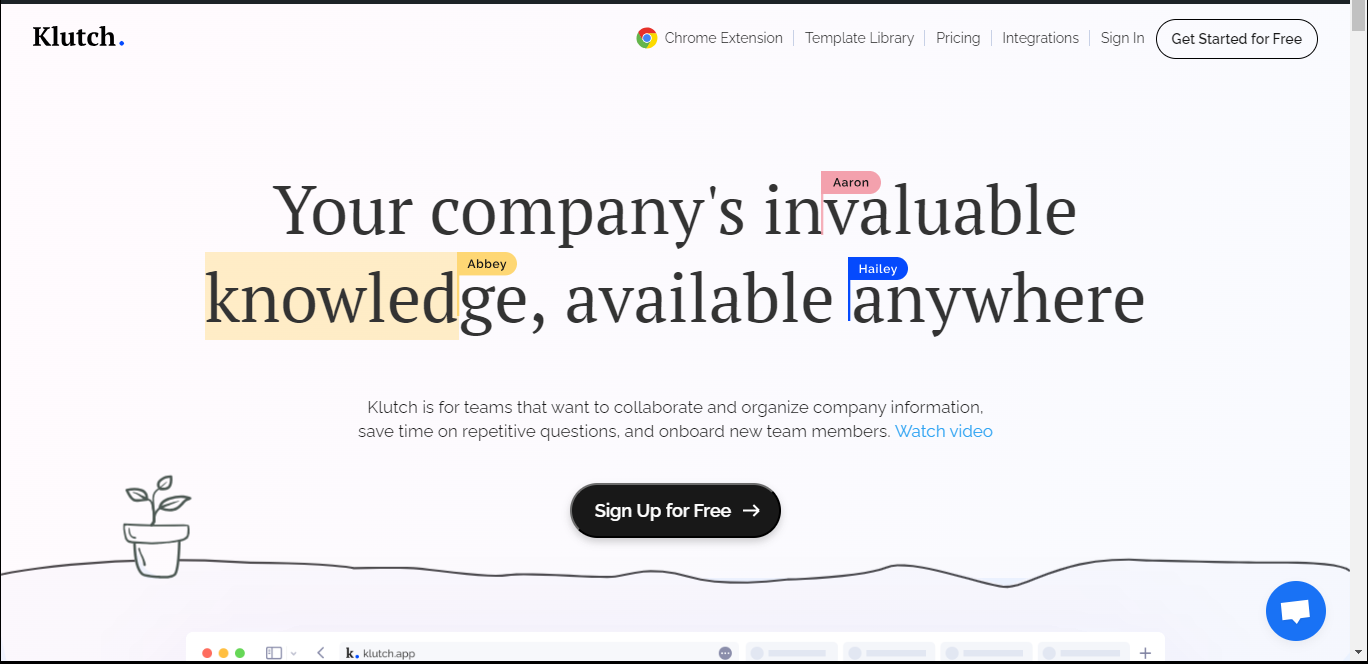Time is the one resource that, once spent, can never be gotten back. Recognizing the importance of time management is the first step towards reclaiming control over one’s life. Whether you’re a professional juggling many work commitments, a student with many assignments, or a remote worker striving for a better work-life balance, this article will help you better improve your time management.

Image Source- Freepik
1. Set Clear Goals and Priorities for Better Time Management
Clear goals act as roadmaps, allowing you to visualize the path ahead and identify the steps needed to reach your objectives. Once your goals are established, the next step is to rank your tasks based on their importance and deadlines. This will allow you to place your efforts where they matter most.
You ensure that your time and energy are allocated well by evaluating tasks through the lens of importance and deadlines. This not only enhances efficiency but also minimizes the stress of impending deadlines. Identifying and prioritizing goals requires a blend of strategic thinking and practicality. Here’s some advice to guide you in this process:
- Define S.M.A.R.T. Goals: Create goals that are Specific, Measurable, Achievable, Relevant, and Time-bound. This framework ensures your goals are clear and realistic.
- Break Down Long-Term Goals: If your goals are long-term, break them into smaller, manageable tasks. This makes the path to achieving them more manageable and achievable.
- Use Tools and Lists: Utilize tools like to-do lists, task management apps, or calendars to record and track your goals and tasks. This keeps you organized and informed about upcoming priorities.
- Consider Urgency and Importance: Assess tasks based on the Eisenhower Matrix, categorizing them as urgent, important, both, or neither. This helps you allocate your efforts wisely.
- Review and Adjust: Periodically review your goals and task priorities. Life is dynamic, and your goals may evolve. Adjust your priorities to stay aligned with your aspirations.
[Consider Reading – 6 Indispensable Tools for Remote Employees]
2. Create a Daily Schedule for Better Time Management
Imagine your day as a blank canvas and a well-constructed daily schedule as the palette of colors that brings your masterpiece to life. Having a structured daily schedule offers many advantages:
- Increased Productivity: A schedule delineates your day, ensuring that each moment is accounted for. This minimizes the risk of aimlessly drifting through tasks and keeps you on a productive course.
- Efficient Time Allocation: It allows you to allocate time for specific tasks and activities. This ensures that essential responsibilities receive the attention they deserve.
- Reduced Stress: A well-organized schedule reduces the anxiety of forgetting important tasks or missing deadlines. It provides a sense of control and predictability.
- Improved Time Management: By planning your day, you become more mindful of how you spend your time. This enhances your overall time management skills.
- Balanced Lifestyle: A structured schedule can help you balance work, personal life, and leisure activities, fostering a healthier and more fulfilling lifestyle.
Tips on How to Create a Daily Schedule
- Start with Prioritization: Identify your most important daily tasks and commitments. These are the non-negotiables that deserve top priority.
- Allocate Time Blocks: Divide your day into time blocks dedicated to specific tasks or activities. Be realistic about how much time each task requires.
- Consider Your Energy Levels: Schedule more demanding or mentally taxing tasks during peak energy. Reserve less demanding tasks for times when your energy dips.
- Include Breaks: Don’t forget to allocate short breaks between tasks to recharge and avoid burnout. Short breaks can improve focus and productivity.
- Flexibility is Key: While a schedule provides structure, allow some flexibility for unexpected events or adjustments during the day.
3. Avoid Multitasking: The Power of Singular Focus
Multitasking is akin to juggling many balls simultaneously; it may seem impressive, but it often ends in chaos. Here’s why it can be counterproductive:
- Reduced Cognitive Capacity: The human brain is not designed for true multitasking. When you attempt to juggle multiple tasks, your cognitive resources become divided, leading to reduced focus and diminished performance in each activity.
- Increased Errors: Multitasking increases the likelihood of errors. Whether it’s a missed detail in a report, a forgotten email attachment, or a deadline slipping through the cracks, errors are the unwelcome byproducts of divided attention.
- Decreased Productivity: Contrary to common belief, multitasking rarely boosts productivity. In reality, it results in task-switching, which consumes time as you transition from one task to another. This inefficiency adds up over a day.
- Impaired Memory: Multitasking can hinder the formation of memories. Information processed while multitasking is less likely to be stored in long-term memory, making it challenging to recall essential details later.
The antidote to multitasking is focusing on one task at a time. Here’s why it’s a game-changer:
- Enhanced Concentration: When you concentrate on a single task, your brain devotes its full attention and cognitive resources to that activity. This heightened concentration leads to improved performance and quality of work.
- Reduced Stress: Singular focus minimizes the mental strain of juggling multiple responsibilities. It provides a sense of control and reduces the feeling of being overwhelmed.
- Greater Efficiency: Completing one task simultaneously allows you to work better. You can tackle tasks sequentially, dedicating your undivided attention to each and achieving better results.
- Improved Time Management: Focusing on one task simultaneously allows for better time allocation. You can estimate how long each task will take and plan your day accordingly, leading to more effective time management.

Image Source- Freepik
4. Use Time Management Techniques
There are two popular techniques—the Pomodoro Technique and the Eisenhower Matrix. These techniques can transform your approach to time allocation and productivity and provide clear instructions on integrating them seamlessly into your daily routines.
1. The Pomodoro Technique
The Pomodoro Technique is a time management strategy designed to enhance concentration and productivity by breaking work into intervals, typically 25 minutes, separated by short breaks. Here’s how it can empower you to allocate your time more effectively:
- Knowledge Base Software KlutchStructured Work Intervals: By dividing your work into focused time blocks (Pomodoros), you ensure that your attention remains undivided on a specific task for a set period. This minimizes distractions and boosts productivity.
- Built-in Breaks: Short breaks between Pomodoros allow rest and recharge, preventing burnout and mental fatigue.
- Regular Evaluation: After completing a Pomodoro, take a moment to assess your progress. This reflection helps you adapt and make necessary adjustments to your approach.
Instructions for Implementing the Pomodoro Technique:
- Select a Task: Choose a project you want to work on. Set a Timer: Set a timer for 25 minutes—the duration of one Pomodoro.
- Work Intensely: Focus exclusively on the task at hand during the Pomodoro, avoiding all distractions.
- Take a Short Break: When the timer rings, take a 5-minute break to relax.
- Repeat: After four Pomodoros, take a more extended break, typically 15-30 minutes, before starting a new cycle.
2. The Eisenhower Matrix: Sorting Tasks by Priority
The Eisenhower Matrix, or the Urgent-Important Matrix, is a simple yet potent tool for prioritizing tasks based on urgency and importance. Here’s how it can assist you in allocating your time more effectively:
- Clear Prioritization: The matrix categorizes tasks into four quadrants: Urgent and Important, Not Urgent but Important, Urgent but Not Important, and Neither Urgent nor Important. This precise categorization helps you understand which tasks deserve immediate attention and which can be deferred.
- Focused Effort: By addressing tasks according to their urgency and importance, you avoid the pitfalls of spending excessive time on unimportant or non-urgent matters.
Instructions for Implementing the Eisenhower Matrix:
- List Your Tasks: List all the tasks on your to-do list.
- Categorize: Place each task into one of the four quadrants based on its urgency and importance.
- Prioritize: Tasks in the Urgent and Important quadrant should be tackled first. Next, focus on tasks in the Not Urgent but Important quadrant. Delegate or defer tasks in the Urgent but Not Important quadrant, and consider eliminating tasks in the Neither Urgent nor Important quadrant.
5. Leverage Digital Tools for Better Time Management
Technology can significantly boost productivity and streamline your daily tasks when used wisely. Consider incorporating the following into your routine:
- Calendar Apps: Calendar apps, like Google Calendar or Microsoft Outlook, provide a structured way to schedule your day. You can set appointments, create reminders, and even color-code events for better organization.
- Knowledge Base Software: Tools like Klutch help you centralize your team or work information so you or your team doesn’t have to waste time scrolling through tons of Slack messages or combing through emails to find information. It helps ensure you or your team members focus more on working and less on getting information.
- Task Management Software: Tools like Trello, Notion, Asana, or Todoist are perfect for managing your to-do lists and projects. They allow you to break down tasks, set deadlines, and track your progress.

Knowledge Base Software – Klutch
6. Review and Adjust Your Time Management Strategies
Time management is an endeavor that requires not just initial planning but also continuous monitoring and fine-tuning. It is not a one-size-fits-all solution; it’s a personalized journey that evolves with you. Here’s why a periodic review is essential:
- Course Correction: Life’s demands and priorities change. Periodic review lets you identify when your strategies need adjusting and what areas require attention.
- Efficiency Enhancement: Reviewing your time management techniques lets you spot inefficiencies and areas where you can optimize your approach.
- Goal Alignment: As you progress toward your goals, it’s vital to ensure that your time management strategies remain aligned with your aspirations.
Here are some things to do to review your progress
- Regular Check-Ins: Set aside dedicated time intervals for reviewing your time management strategies. This could be weekly, monthly, or quarterly.
- Assess Goals: Evaluate the progress you’ve made toward your goals. Celebrate achievements and identify areas where you might need to catch up.
- Evaluate Techniques: Consider the effectiveness of the time management techniques you’ve been using. Are they still serving you well, or do they require modification?
- Identify Challenges: Recognize any recurring challenges or obstacles that hinder your productivity. These may signal areas where you need to adjust your approach.
Conclusion
Effective time management is not a one-time fix but an ongoing journey that demands consistent effort and practice. By prioritizing tasks, creating structured schedules, setting SMART goals, utilizing time management techniques, and regularly reviewing and adjusting your strategies, you can take control of your life and significantly boost your productivity.
Remember, time is an invaluable resource, and how you manage it can determine your success and overall well-being. So, start implementing these strategies today, and you’ll witness a remarkable improvement in your productivity and quality of life. Time is precious; make the most of it.



